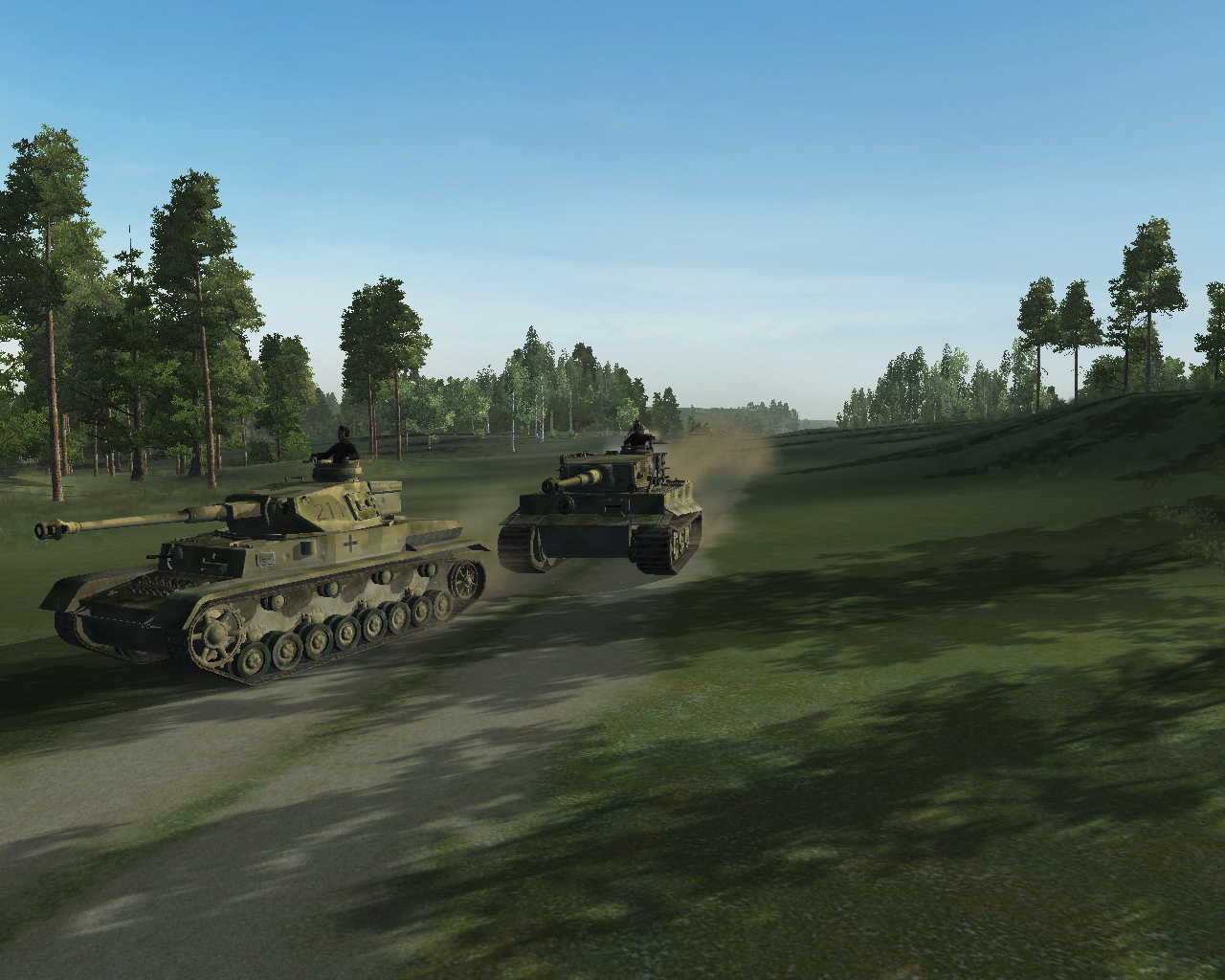
military found better ways to handle that. It isn't used to bust tank crews anymore, however - the U.S. HESH rounds are still in use by some militaries around the world, including the U.S.

The round's popularity declined in the later years of the Cold War as Soviet armor improved. The shock wave created by HESH rounds was especially conductive through the armor of early Cold War Soviet tanks. It was especially effective against the T-62 tanks that rolled out of Soviet factories in the 20 years after World War II. This new anti-tank weapon could be used in the form of a tank round or in guided-missile systems used by the UK's tanks. In the Cold War that came after, however, its popularity rose.

Originally a British design, the HESH round did see action in World War II, just not against other tanks. Instead, the HESH is a small, high-explosive round that smashes against an enemy tank then explodes, creating a shock wave that is transmitted through the tank's armor, killing the crew inside. The HESH round doesn't penetrate a tank's armor like a modern Sabot round. "HESH" stands for "high-explosive squash head." Its name is surprisingly indicative of how it works.


 0 kommentar(er)
0 kommentar(er)
